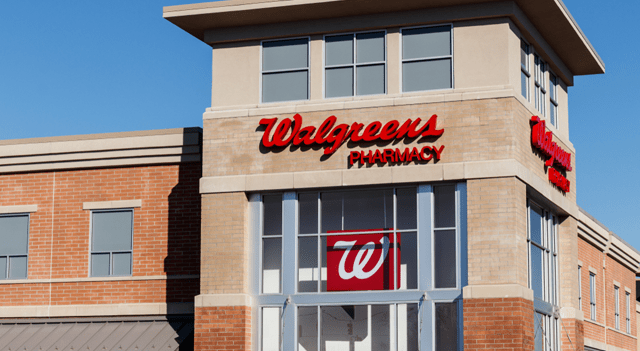Walgreens Boots Alliance (NASDAQ:WBA) reported stronger-than-expected earnings and revenue for its fiscal third quarter, as cost-cutting measures helped offset weakness in front-of-store sales. The upbeat results come as the company prepares to transition from a public to private entity.
The U.S.’s second-largest pharmacy chain is in the midst of a $10 billion buyout agreement with Sycamore Partners, a private equity firm. Announced in March, the deal is expected to close later in 2025, pending regulatory and shareholder approvals. Once finalized, Walgreens will be delisted from the Nasdaq, ending its long run as a publicly traded company that began nearly a century ago.
Despite no updated forward guidance due to the pending acquisition, Walgreens showed solid performance in the latest quarter. The company posted adjusted earnings per share of $0.38, beating the $0.31 average forecast compiled by Bloomberg, though still below the $0.63 it earned in the same period last year.
Revenue climbed 7.2% year-over-year to $39 billion, surpassing analyst expectations of $36.79 billion. Operational efficiencies and cost reductions were key to offsetting declining margins in prescription drugs and softer sales of retail items such as over-the-counter medicines and personal care products.
Once valued at over $100 billion just a decade ago, Walgreens has faced mounting challenges from aggressive competition in both the pharmacy and retail space, particularly from Walmart (NYSE:WMT) and Amazon (NASDAQ:AMZN). These pressures have eroded profitability and pushed the company to take more drastic steps to realign its business.
Under CEO Tim Wentworth, Walgreens is implementing a strategic turnaround, including the closure of thousands of stores and a goal to trim $1 billion in costs.
The transition to private ownership is expected to give Walgreens greater flexibility in navigating the evolving healthcare and retail landscape, away from the scrutiny of public markets.
